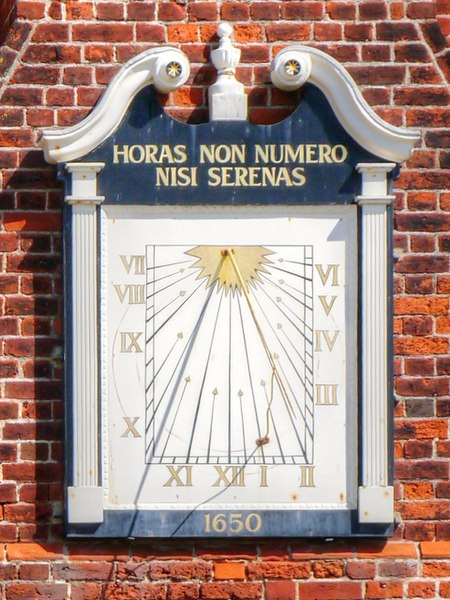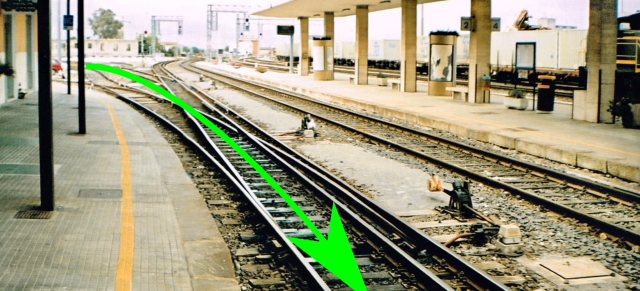Mark Dominus (陶敏修)
mjd@pobox.com

Archive:
| 2025: | JFMAMJ |
| JAS | |
| 2024: | JFMAMJ |
| JASOND | |
| 2023: | JFMAMJ |
| JASOND | |
| 2022: | JFMAMJ |
| JASOND | |
| 2021: | JFMAMJ |
| JASOND | |
| 2020: | JFMAMJ |
| JASOND | |
| 2019: | JFMAMJ |
| JASOND | |
| 2018: | JFMAMJ |
| JASOND | |
| 2017: | JFMAMJ |
| JASOND | |
| 2016: | JFMAMJ |
| JASOND | |
| 2015: | JFMAMJ |
| JASOND | |
| 2014: | JFMAMJ |
| JASOND | |
| 2013: | JFMAMJ |
| JASOND | |
| 2012: | JFMAMJ |
| JASOND | |
| 2011: | JFMAMJ |
| JASOND | |
| 2010: | JFMAMJ |
| JASOND | |
| 2009: | JFMAMJ |
| JASOND | |
| 2008: | JFMAMJ |
| JASOND | |
| 2007: | JFMAMJ |
| JASOND | |
| 2006: | JFMAMJ |
| JASOND | |
| 2005: | OND |
Subtopics:
| Mathematics | 245 |
| Programming | 99 |
| Language | 95 |
| Miscellaneous | 75 |
| Book | 50 |
| Tech | 49 |
| Etymology | 35 |
| Haskell | 33 |
| Oops | 30 |
| Unix | 27 |
| Cosmic Call | 25 |
| Math SE | 25 |
| Law | 22 |
| Physics | 21 |
| Perl | 17 |
| Biology | 16 |
| Brain | 15 |
| Calendar | 15 |
| Food | 15 |
Comments disabled
Sun, 14 Apr 2024
Stuff that is and isn't backwards in Australia
I recently wrote about things that are backwards in Australia. I made this controversial claim:
The sun in the Southern Hemisphere moves counterclockwise across the sky over the course of the day, rather than clockwise. Instead of coming up on the left and going down on the right, as it does in the Northern Hemisphere, it comes up on the right and goes down on the left.
Many people found this confusing and I'm not sure our minds met on this. I am going to try to explain and see if I can clear up the puzzles.
“Which way are you facing?” was a frequent question. “If you're facing north, it comes up on the right, not the left.”
(To prevent endless parenthetical “(in the Northern Hemisphere)” qualifications, the rest of this article will describe how things look where I live, in the northern temperate zones. I understand that things will be reversed in the Southern Hemisphere, and quite different near the equator and the poles.)
Here's what I think the sky looks like most of the day on most of the days of the year:

The sun is in the southern sky through the entire autumn, winter, and spring. In summer it is sometimes north of the celestial equator, for up to a couple of hours after sunrise and before sunset, but it is still in the southern sky most of the time. If you are watching the sun's path through the sky, you are looking south, not north, because if you are looking north you do not see the sun, it is behind you.
Some people even tried to argue that if you face north, the sun's path is a counterclockwise circle, rather than a clockwise one. This is risible. Here's my grandfather's old grandfather clock. Notice that the hands go counterclockwise! You study the clock and disagree. They don't go counterclockwise, you say, they go clockwise, just like on every other clock. Aha, but no, I say! If you were standing behind the clock, looking into it with the back door open, then you would clearly see the hands go counterclockwise! Then you kick me in the shin, as I deserve.
Yes, if you were to face away from the sun, its path could be said to be counterclockwise, if you could see it. But that is not how we describe things. If I say that a train passed left to right, you would not normally expect me to add “but it would have been right to left, had I been facing the tracks”.
At least one person said they had imagined the sun rising directly ahead, then passing overhead, and going down in back. Okay, fair enough. You don't say that the train passed left to right if you were standing on the tracks and it ran you down.
Except that the sun does not pass directly overhead. It only does that in the tropics. If this person were really facing the sun as it rose, and stayed facing that way, the sun would go up toward their right side. If it were a train, the train tracks would go in a big curve around their right (south) side, from left to right:
Mixed gauge track (950 and 1435mm) at Sassari station, Sardinia, 1996 by user Afterbrunel, CC BY-SA 3.0 DEED, via Wikimedia Commons. I added the big green arrows.
After the train passed, it would go back the other way, but they wouldn't be able see it, because it would be behind them. If they turned around to watch it go, it would still go left to right:
And if they were to turn to follow it over the course of the day, they would be turning left to right the whole time, and the sun would be moving from left to right the whole time, going up on the left and coming down on the right, like the hands of a clock — “clockwise”, as it were.
One correspondent suggested that perhaps many people in technologically advanced countries are not actually familiar with how the sun and moon move, and this was the cause of some of the confusion. Perhaps so, it's certainly tempting to dismiss my critics as not knowing how the sun behaves. The other possibility is that I am utterly confused. I took Observational Astronomy in college twice, and failed both times.
Anyway, I will maybe admit that “left to right” was unclear. But I will not recant my claim that the sun moves clockwise. E pur si muove in senso orario.
Sundials
Here I was just dead wrong. I said:
In the Northern Hemisphere, the shadow of a sundial proceeds clockwise, from left to right.
Absolutely not, none of this is correct. First, “left to right”. Here's a diagram of a typical sundial:
It has a sticky-up thing called a ‘gnomon’ that casts a shadow across the numbers, and the shadow moves from left to right over the course of the day. But obviously the sundial will work just as well if you walk around and look at it from the other side:
It still goes clockwise, but now clockwise is right to left instead of left to right.
It's hard to read because the numerals are upside down? Fine, whatever:
Here, unlike with the sun, “go around to the other side” is perfectly reasonable.
Talking with Joe Ardent, I realized that not even “clockwise” is required for sundials. Imagine the south-facing wall of a building, with the gnomon sticking out of it perpendicular. When the sun passes overhead, the gnomon will cast a shadow downwards on the wall, and the downward-pointing shadow will move from left to right — counterclockwise — as the sun makes its way from east to west. It's not even far-fetched. Indeed, a search for “vertical sundials” produced numerous examples:

Sundial on the Moot Hall by David Dixon, CC BY 2.0 https://creativecommons.org/licenses/by/2.0, via Wikimedia Commons and Geograph.
Winter weather on July 4
Finally, it was reported that there were complaints on Hacker News that Australians do not celebrate July 4th. Ridiculous! All patriotic Americans celebrate July 4th.
[Other articles in category /geo] permanent link







